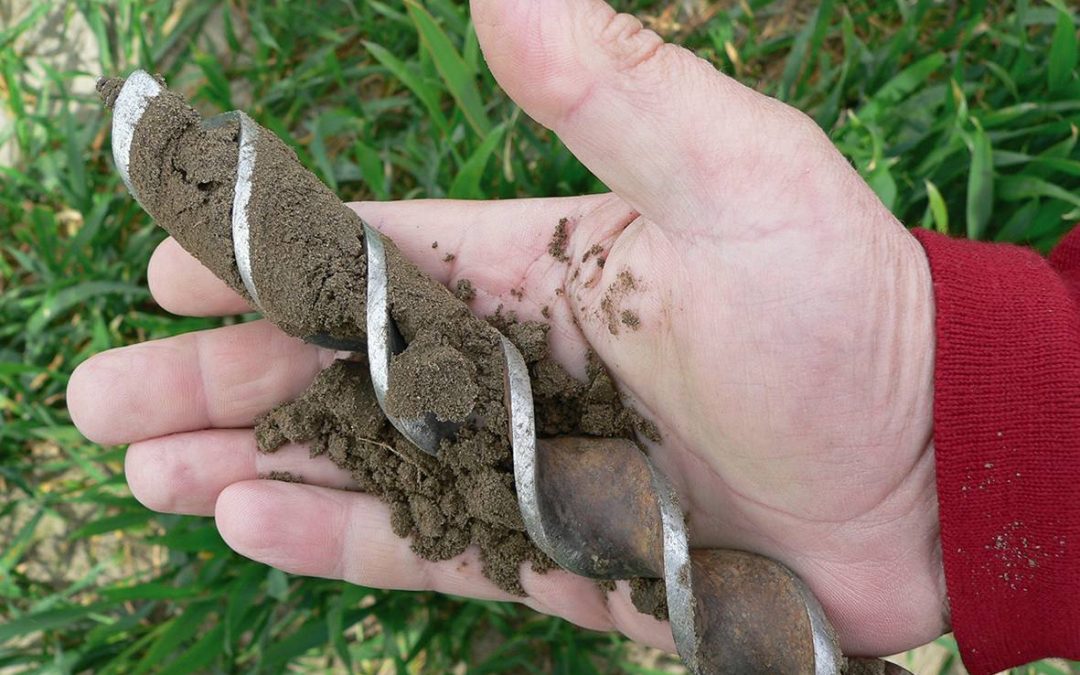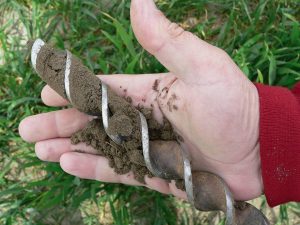In 3,291 soil tests carried out on beef and sheep pasture by EBLEX, with the Environment Agency (EA) and the Farming Wildlife Advisory Group (FWAG), only a shocking 2% of fields had the perfect nutrient levels to support good grass growth.
43% had a pH level below the ideal 6, which means grass yield will be reduced. A low pH also affects the availability of other nutrients, like nitrogen (N), phosphate (P) and potash (K).
In 28% of the fields sampled, the P level was over the target index 2. Fields above this must be carefully managed as there is a huge risk to the environment from leaching, and it also wastes money if more phosphate is applied in ignorance.
Where P is below target, which was the case for 46% of fields, root development may be affected, meaning the grass is less efficient at taking up nutrients and at more risk from water stress.
Almost half the fields sampled were also below target index for K (2-), affecting nutrient uptake and utilisation. This is particularly crucial for silage fields.
27% of the fields had a K level of over 2 and present a significant risk of grass staggers among livestock and luxury uptake in silage crops, which leads to lodging.
66% of fields sampled had a high Mg level over 2, which reduces N and K efficiency. High Mg soils are also difficult to cultivate as they form big blocks that are hard to break down.
This is definitely a case of if you don’t know what your soil indices are, how on earth do you know what fertiliser to put on and how much?
Dr Liz Genever, EBLEX sheep and beef scientist recommends sampling fields every five years, in the same season and at least two months after the last application of manure, fertiliser or lime.
More details in the excellent EBLEX manual ‘Improving Soils for Better Returns’ – email brp@eblex.org.uk or follow this link to the EBLEX website:
http://www.eblex.org.uk/documents/content/returns/brp_b_brpmanual3-improvingsoilsforbetterreturns.pdf



Very interesting results. The agricultural Lime Association have long promoted to the agric industry and campaigned government agencies that regular soil analysis is paramount for maximising both quality and yield. Govt agencies promote the Countryside survey as their benchmark claiming acidification of UK soils is not a risk, as part of the recently published Soil Strategy a forum body of stakeholders was formed to meet and monitor implementation of the strategy and fashion it to be most effective – after its initial meeting their are no plans to continue.
The Agricultural Lime Association (www.aglime.org) is fully supportive for the promotion of and application of the appropriate soil pH, using quality products.
we lead discussion with Govt agencies on regulation and legislation for and on behalf of the all lime producers
Our booklet “Agricultural Lime – the natural solution” is avalible as hardcopy and will soon be avaliable on our website togther with an on-line lime calculator.
please do not hesitate to contact if you need any further information.
I have read lots about the need to add P to sheep pasture but I havent seen how long you have to leave it after application of say triple phosphate and the return of th eanimals. If I were to use triple phosphate what are the recommendations in terms of time / rainfall before the animals can be returned to the treated pasture? this info would be really useful.
Dr Liz Genever, Senior Livestock Scientist with EBLEX, says: The official line is that you should wait until no granules can be seen on the grass. That can be within a couple of hours to a day if the soil is moist or if there has been a light rainfall. It may take longer in a dry spell.
TSP is not harmful to animals unless they eat it in large quantities.